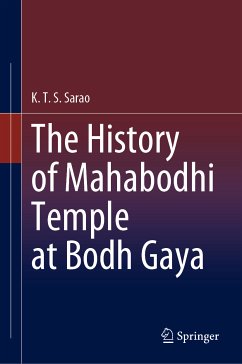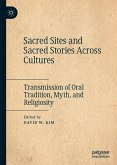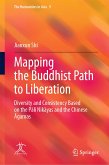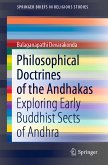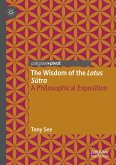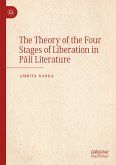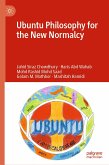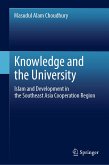This book offers an overview of the emergence of Bodh Gaya as a sacred site within Gaya Dharmak¿etra. It contextualizes the different encounters, incidents, and legends connected to the Buddha's experiences shortly before and after he attained Bodhi - when, spiritually speaking, he was extremely lonely and was trying to carve a place for himself in the highly competitive Gaya Dharmak¿etra. Further, the book examines the role of various personalities and institutions contributed towards the emergence of Mahabodhi Temple. It incorporates a wealth of research on the role of the Victorian Indologists as well as the colonial administrators, the Giri mahants, and Anagarika Dharmapala, to understand the material milieu pertaining not only to its identity but also access to spiritual resources as its conservation and development. This book is an indispensable read for students and scholars of history, cultural studies, and art and architecture as well as practitioners of Buddhism and Hinduism.
Dieser Download kann aus rechtlichen Gründen nur mit Rechnungsadresse in A, B, BG, CY, CZ, D, DK, EW, E, FIN, F, GR, HR, H, IRL, I, LT, L, LR, M, NL, PL, P, R, S, SLO, SK ausgeliefert werden.

